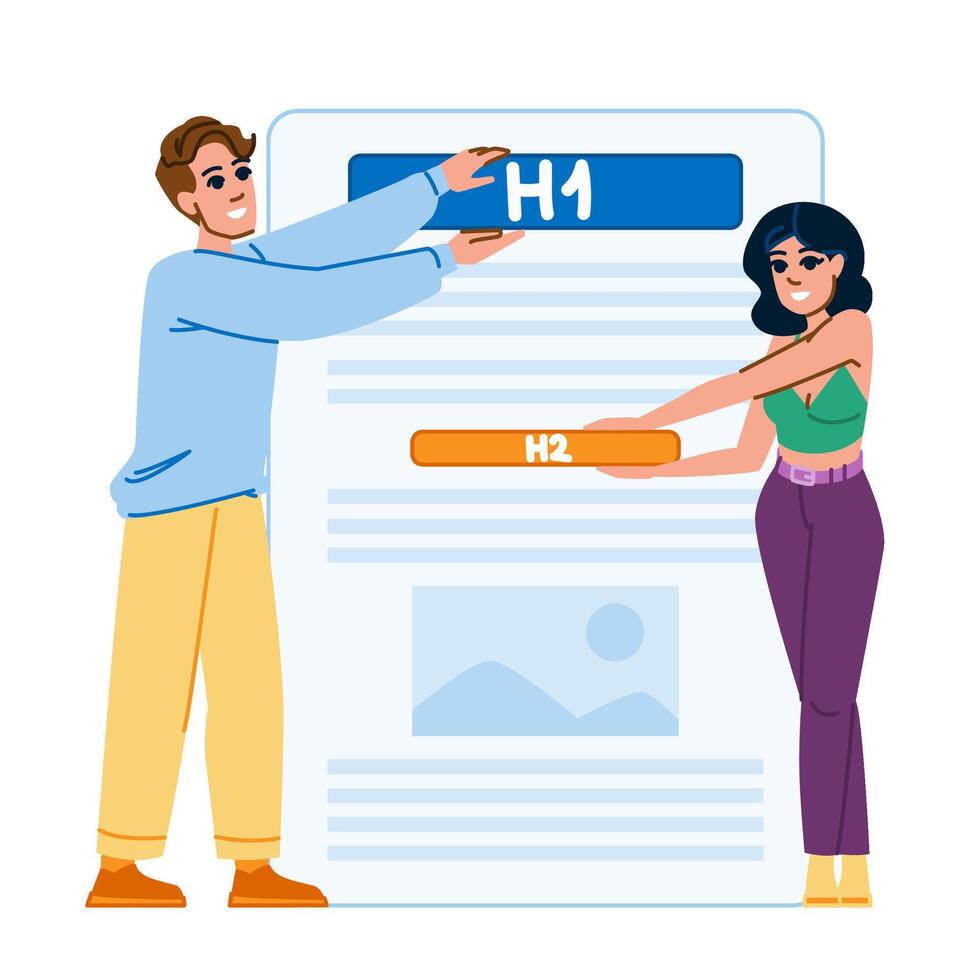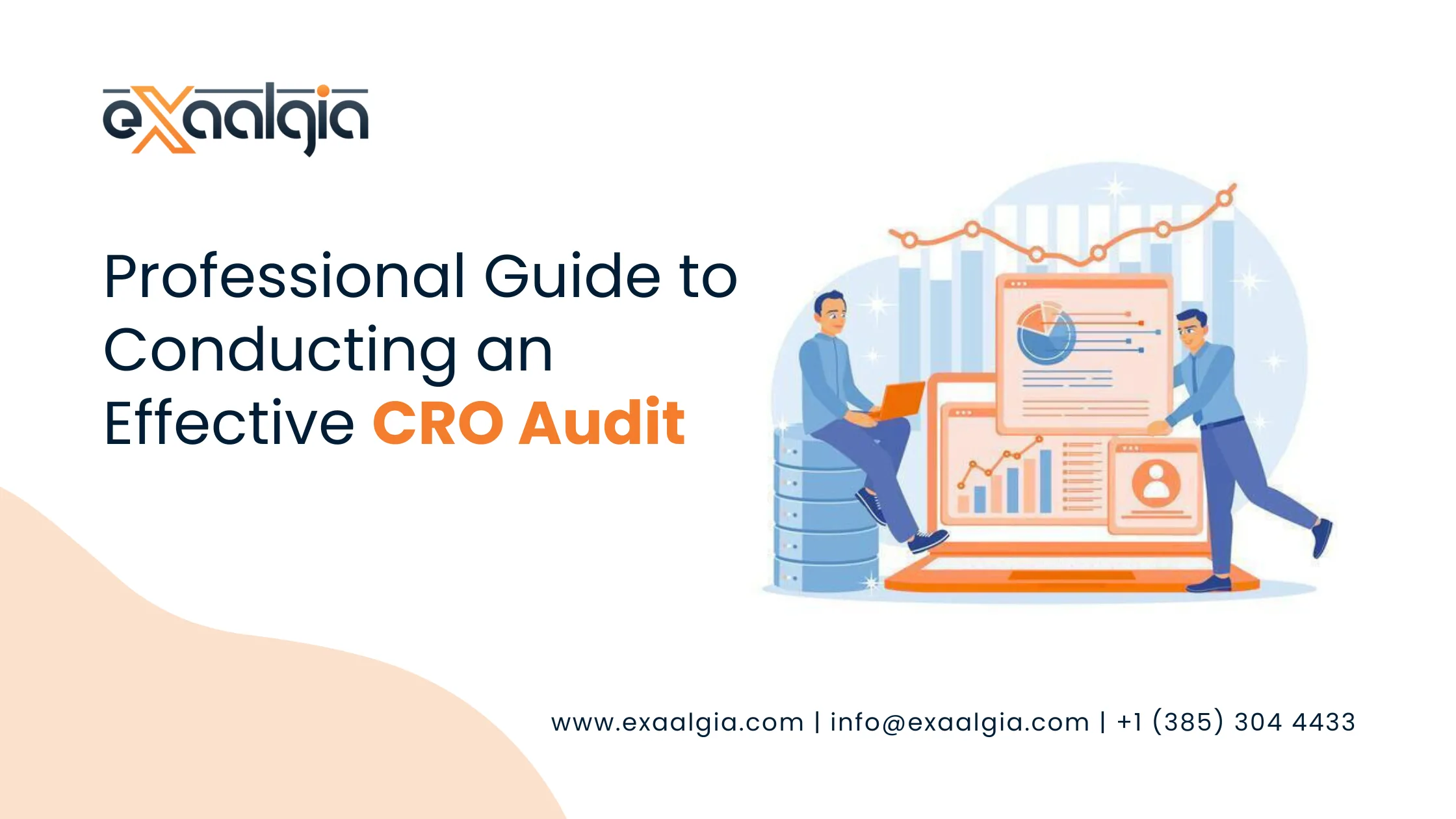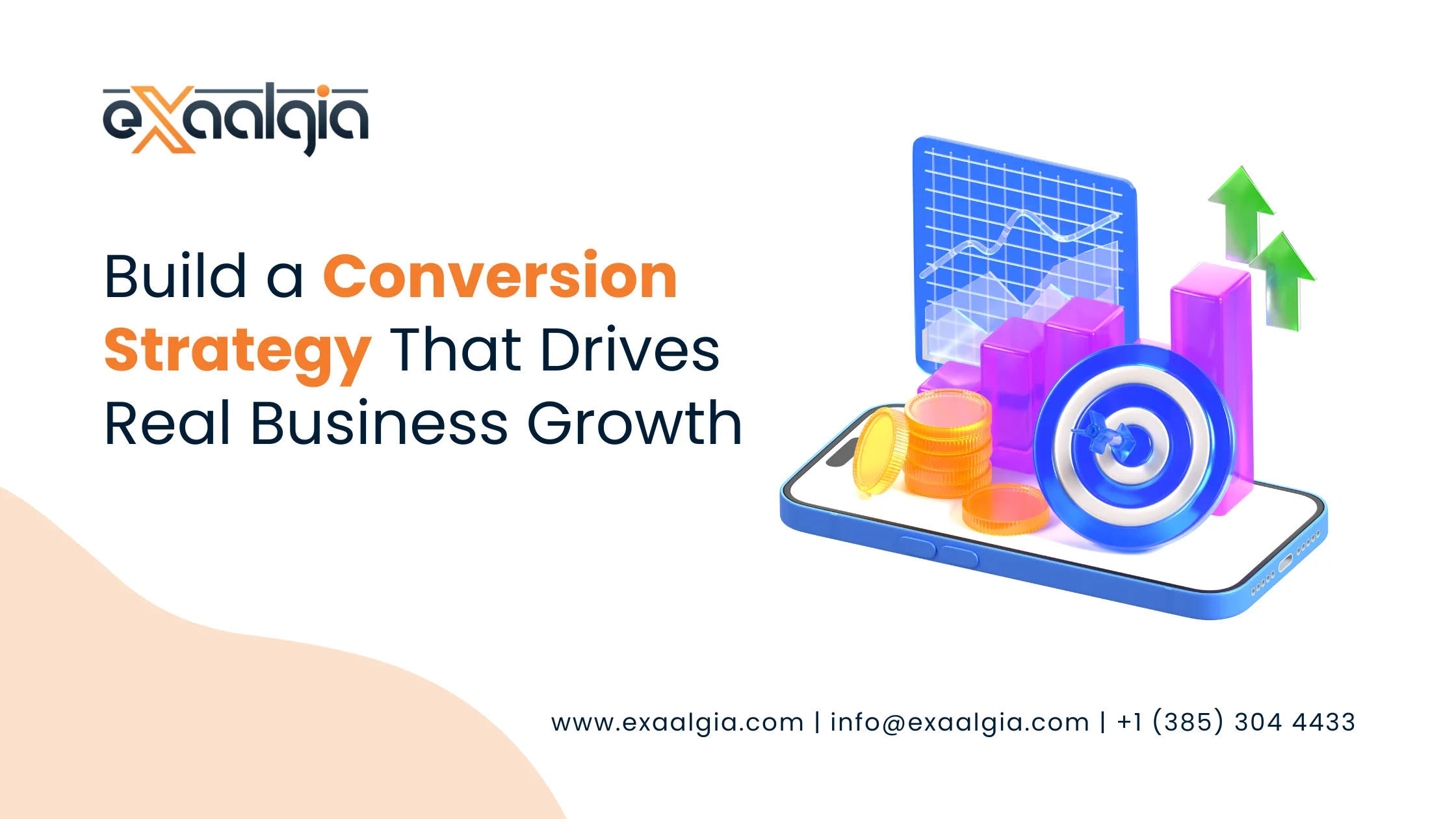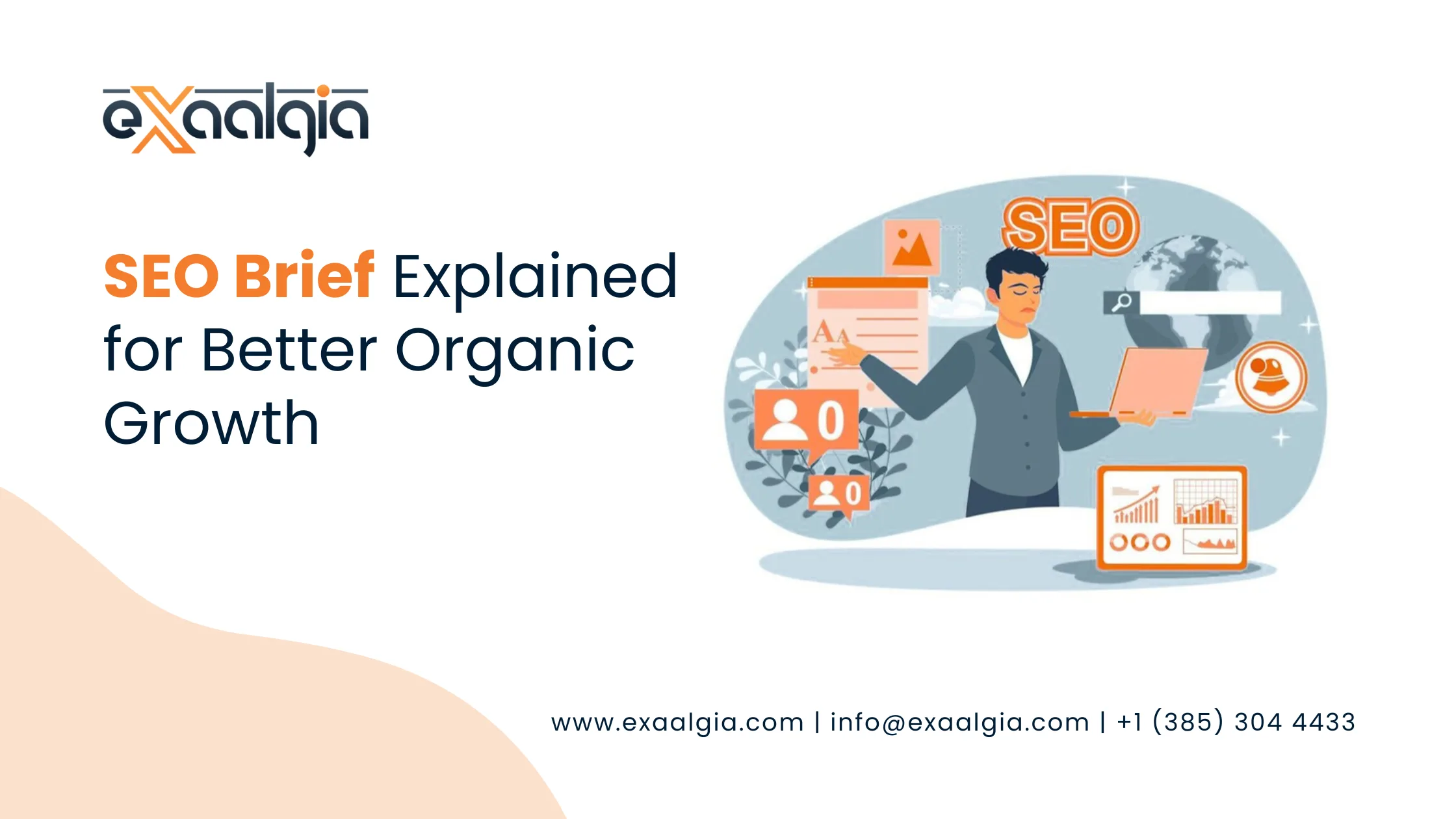This blog explores how title tag optimization enhances UX, diving into what title tags are, their SEO value, and how to perfect them for your website. Let’s uncover why this on-page SEO strategy is a game-changer.
What is a Title Tag?
A title tag is an HTML element that defines the title of a webpage, appearing in search results and browser tabs. It’s a small but mighty part of meta tag optimization, acting as the first impression for both users and search engines.
The Role of a Title Tag in HTML
Found in the <head> section (e.g., <title>Your Page Title</title>), the title tag tells search engines what your page is about. It’s a foundational piece of SEO optimization that sets the stage for indexing.
How Title Tags Differ from Meta Tags
While meta tags include descriptions and keywords, the title tag stands alone as the clickable headline in SERPs. Together, they form a robust meta tag optimization strategy.
Why Title Tags Matter to Users
Beyond SEO, a title tag helps users quickly grasp your content’s purpose. A clear title enhances UX, making navigation intuitive and purposeful.
The Evolution of Title Tags
Once keyword-heavy, title tags now prioritize clarity and relevance. This shift reflects modern digital marketing services trends focused on user intent.
Who Uses Title Tags?
From bloggers to e-commerce sites, anyone leveraging SEO services relies on title tag optimization. It’s a universal tool for visibility and engagement.
Importance of Title Tags in SEO
Title tags are a cornerstone of on-page SEO, directly influencing rankings and user behavior. Ignoring them risks losing ground to competitors who prioritize title tag optimization.
Driving Click-Through Rates (CTR)
A compelling title tag boosts CTR by grabbing attention in search results. It’s a key focus for digital marketing agency experts like Exaalgia.
Signaling Relevance to Search Engines
Search engines use title tags to match content with queries. Proper SEO optimization ensures your page ranks for the right terms.
Supporting Keyword Strategy
A well-optimized title tag naturally incorporates keywords, reinforcing your OnPage SEO Optimization efforts without overstuffing.
Enhancing Mobile Experience
With mobile searches dominating, concise title tags improve readability on small screens—a critical aspect of title tag optimization.
Building Brand Trust
A professional, relevant title tag instills confidence. It’s a subtle way to showcase your brand’s credibility in search results.
How to Write Effective Title Tags
Crafting a standout title tag requires strategy, not guesswork. Here’s how to make them effective for both SEO and UX.
Start with Your Primary Keyword
Place your main keyword upfront for title tag optimization. This signals relevance to search engines and users alike.
Keep It Clear and Concise
Avoid vague phrasing—clarity drives clicks. A succinct title tag is a hallmark of SEO services done right.
Add a Call-to-Action
Words like “Discover” or “Learn” spark action. This tactic, often used by Exaalgia, enhances user engagement.
Include Your Brand Name
Adding your brand (e.g., “Exaalgia”) boosts recognition. It’s a smart move for digital marketing services consistency.
Test with Analytics Tools
Use tools like Semrush to track performance. Refining your title tag based on data ensures ongoing success.
Optimizing Title Tags for Different Pages
Not every page needs the same approach. Tailoring title tag optimization to specific page types maximizes UX and SEO impact.
Homepage Title Tags
Your homepage title tag should reflect your brand and core offering, like “Exaalgia | Top SEO Services in the USA.”
Blog Post Title Tags
For blogs, combine the post title with a keyword, e.g., “How Title Tag Optimization Boosts UX | Exaalgia.”
Product Page Title Tags
E-commerce pages need specifics: “Blue Sneakers | Buy Now | Exaalgia” balances SEO optimization and clarity.
Category Page Title Tags
Category pages benefit from broad terms, like “SEO Tools | Best Picks | Exaalgia,” aiding on-page SEO.
Contact or About Pages
Keep it simple: “Contact Us | Exaalgia” or “About Our Digital Marketing Agency” works best.
Title Tag Length and Character Limits
Length matters in title tag optimization. Too long, and your title gets cut off; too short, and it lacks punch.
The 60-Character Rule
Search engines truncate titles beyond 60 characters. Stick to this for full visibility in meta tag optimization.
Why Length Impacts UX
A truncated title tag confuses users, hurting UX. Precision is key to OnPage SEO Optimization.
Balancing Keywords and Readability
Fit keywords naturally within the limit. Overloading sacrifices clarity—a pitfall SEO services avoid.
Tools to Check Length
Free tools or plugins can measure your title tag length, ensuring it aligns with SEO optimization standards.
Mobile Display Considerations
Mobile screens show even fewer characters (around 50-55). Optimize for this to enhance title tag performance.
Common Mistakes to Avoid in Title Tag Optimization
Even small errors in title tag optimization can derail your efforts. Here’s what to watch out for.
Keyword Stuffing
Cramming keywords into your title tag feels tempting but harms on-page SEO. Search engines penalize it.
Duplicate Title Tags
Using the same title tag across pages creates confusion. Uniqueness is a must for meta tag optimization.
Overly Generic Titles
Vague tags like “Home” or “Products” miss the mark. Specificity drives SEO optimization success.
Ignoring User Intent
A title tag that doesn’t match what users seek wastes clicks. Align it with intent for better UX.
Forgetting Updates
Old title tags can misrepresent content. Regular audits, often handled by a digital marketing agency, keep them fresh.
FAQ Section
What is title tag optimization?
Title tag optimization refines webpage titles to boost SEO and UX, a vital part of on-page SEO.
Why are title tags important for SEO?
Title tags signal relevance to search engines and attract clicks, enhancing SEO optimization.
How long should a title tag be?
Keep title tags under 60 characters to avoid truncation, a focus of digital marketing services.
Can I use the same title tag on multiple pages?
No—duplicate title tags hurt SEO services performance. Each page needs a unique title.
How does title tag optimization improve UX?
A clear, relevant title tag helps users navigate, improving satisfaction and engagement.
Final Thought
Title tag optimization is more than an SEO checkbox—it’s a direct line to better user experience. By understanding what a title tag is, recognizing its SEO power, and mastering how to craft and optimize it, you elevate your site’s appeal. Whether it’s a homepage, blog, or product page, a well-optimized title tag bridges the gap between search engines and users.
Avoid common mistakes, and consider partnering with Exaalgia for expert SEO services. In a world where first impressions matter—on platforms like Instagram, LinkedIn, or Facebook—your title tag is your digital handshake. Make it count.







